Finding my perfect everyday lens has been a journey similar to that of Goldilocks in the eponymous fairy tale. I’ve tried the overwhelmingly popular 35mm focal length, but always found it a tad too wide for everyday use. I also gave the well-revered 50mm some consideration, but that felt too close. Finally, I stumbled across the Fujifilm XF 27mm f/2.8 R WR (equivalent to 40mm when mounted to my crop-sensor Fuji X series camera), and it was just right.
I’ve been using the Mark II version of this tiny 40.5mm full-frame equivalent pancake lens. This new version features some upgrades compared with the original XF 27mm, including the addition of a clicked aperture ring (R) and weather resistance (WR). Other than that, the new version is exactly the same as its predecessor optically. The lens is sold in a kit with the Fuji X-E4 or separately for $400. But despite its kit lens classification, the combination of unique focal length, high performance, and size makes this lens much more than what it seems.
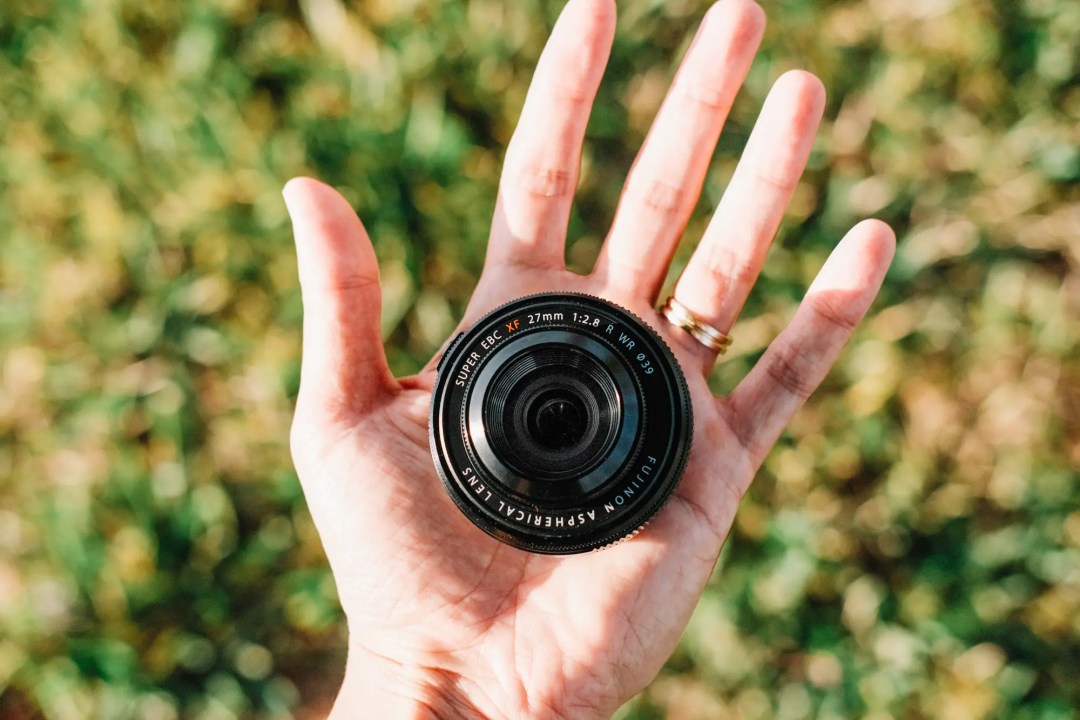
First Impressions
The first thing you notice about the XF 27mm lens is its minute size. At just about 1 inch (23mm) thick, the lens is indeed comparable to the thickness of a very fluffy pancake. In fact, this lens is one of two “pancake” style lenses offered in the Fujifilm ecosystem (the other being the OG XF 18mm f/2). In diameter, it’s smaller than the palm of my hand and weighs just 2.9 oz (84 grams). The small size makes the lens easily pocket-able and able to fit into basically any bag or small purse. And when combined with the fun-sized body of the Fuji X-E4 (which I reviewed a few months ago), the whole package is lightweight and discreet, only slightly bulkier than the point-and-shoot-esque Fuji X100V (which I reviewed last year).
With a filter ring diameter of 39mm, you can screw miniature versions of your favorite filters over the front glass element, which isn’t really much to behold. But that works in its favor, making the lens more stealthy and less intimidating to subjects. When sold in a kit with the X-E4, the lens only comes with the front and back caps, but no lens hood. The front cap is just awkward. It doesn’t cover the full diameter of the lens barrel, slotting over the tiny glass element and protruding from the barrel like the chunk of plastic that it is. Personally, I’ve never been a fan of lens caps, so I opted to buy the separate, screw-on dome lens hood for $12.99, which I think adds enough protection to the front element and gives the lens that bit of extra flair. Curiously enough, Fuji also sells the lens hood cap separately for $5.99. *Insert shrug emoji here*
Despite being a tiny, lightweight lens, the new 27mm has a bit of heft to it, which makes its construction feel exceptionally solid. Its internals are tightly packed into the barrel, so there is no noticeable rattling of the elements. Judging from the feel in the hand, Fujifilm went with all-metal construction for the barrel, control rings, and mount. The new aperture ring is satisfyingly tactile and gnarled for grip, operating from f/2.8 to f/16 in 1/3 stop increments. The aperture markings extend a quarter of the way around the barrel, and when mounted on the camera, the ring takes about two quick 45 degree turns to get from f/2.8 to Auto. Each stop clicks with a sharp affirmation akin to the familiar sound of a baseball card clicking between the spokes of a bike wheel. Compared to the softer tactility of other Fujifilm lenses I’ve used, the sound and feel of the 27mm are extremely satisfying.
The aperture ring also includes a protruding auto-lock button that clicks into place once you scroll past f/16. This might be a bit of a hindrance for some, as you have to push the button to freely move the aperture ring again, but for those who like to use shutter priority, it’s a nice feature. The button also adds extra grip when you’re using the aperture ring, especially for one-finger use (kind of like a small focusing tab). This lock isn’t standard on other Fujifilm lenses, so I’m curious as to why they made it a point to include it here. But it’s there.
On the other hand, the focus ring is pretty negligible. It’s just as slim as the focusing ring on the X100V, so it’s kind of hard to use comfortably with manual focus, but it turns smoothly and is nicely dampened. I would have liked to see a tab or lever or something that protrudes from the focus ring to help with manual focus, but most people are probably not utilizing manual focus with this lens unless absolutely necessary. (Side note: you can actually buy an external focusing tab attachment on Etsy that might make this more comfortable if you deem manual focus a necessity with this lens, or just want a more rangefinder-style experience.)
In accordance with the exceptional build quality, Fujifilm decided to include weather sealing gaskets in all the nooks and crannies of this little lens. That means you can bring this lens into conditions where the previous version couldn’t go. It’s curious that Fuji decided to bundle this lens in a kit with the X-E4, a camera body that is not weather sealed. But I guess a little weather sealing is better than none at all, right? X-Pro and X-T series owners will surely get the most out of this lens.
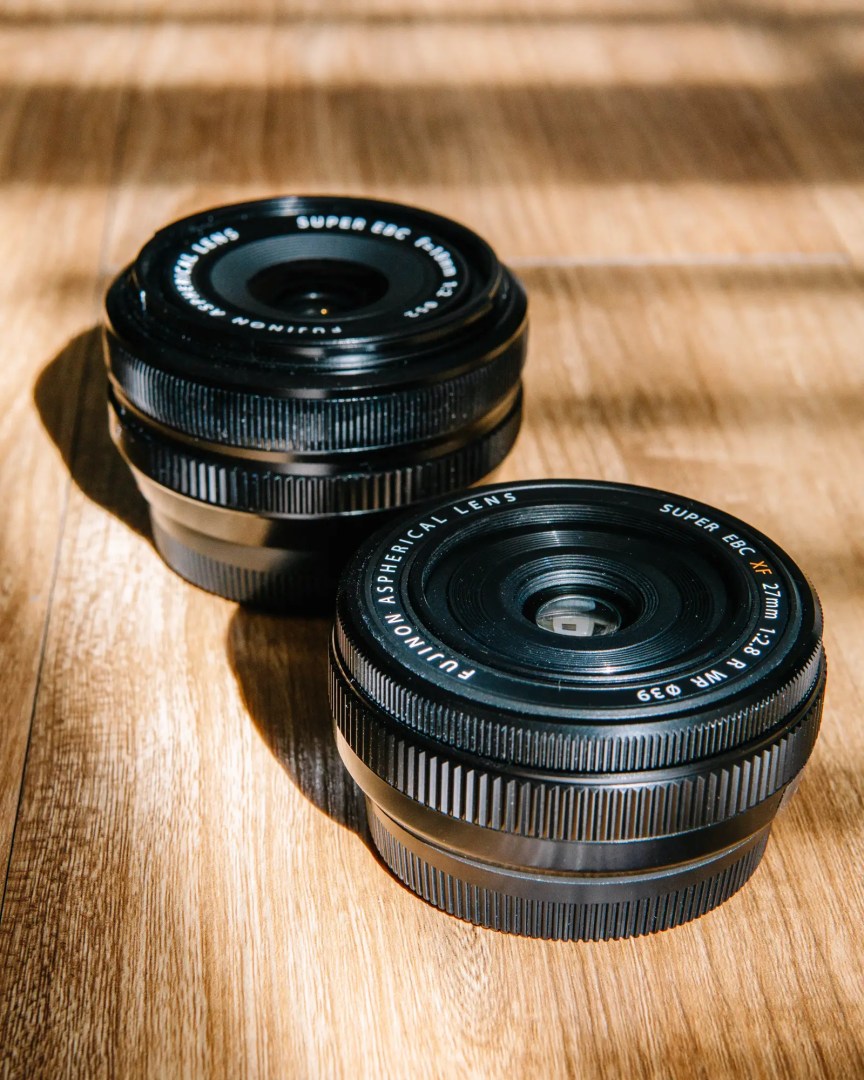


Real-World Performance and Image Quality
I don’t want to get too hung up on the specifications of this lens because, on paper, it’s really nothing special at all. While this fact might inadvertently push potential users to pass on the 27mm, it really only takes some time with the lens to realize that it’s more capable than its spec sheet might suggest.
The tiny 27mm lens is constructed of 7 elements in 5 groups with one aspherical element and 7 rounded blades. The blades help to create nice looking bokeh balls, though with its combination of normal focal length, a minimum focus distance of 13 inches (34cm), and a max f-stop of f/2.8, bokeh isn’t necessarily the reason you’d buy this lens. However, while it might not produce the extra creamy bokeh you might get with a 50mm lens, the 27mm certainly produces very pleasing separation between your subject and background with soft transitions between the in-focus and out-of-focus areas. In addition, the normal focal length ensures facial proportions remain natural with virtually zero distortion.
For a prime lens, the XF 27mm isn’t the fastest on the market, but f/2.8 is respectable. And I think if it were faster, the lens wouldn’t be as small as it is. Generally, I wouldn’t recommend this lens for low-light shooting, as it lacks image stabilization and can have some issues achieving focus in dim conditions where shutter speeds drop below 1/100. As such, this lens performs its best in well-lit conditions, and for dedicated night photography I’d certainly reach for something with a faster maximum aperture. But that’s not to say you can’t use this lens for low-light shots. Just open the lens all the way up and, if you don’t mind some noise, push your ISO a little higher to get the shutter speed around 1/100. This will allow you to shoot comfortably in less-than-ideal conditions. Personally, I don’t mind shooting at higher ISO values because I like the grain-like structure of the noise rendered by Fuji cameras.
Mechanically, the lens isn’t the most advanced option in Fuji’s lineup, as the focusing motor moves the elements externally. But luckily, it’s not really all that noisy. When compared to the older motors of the XF 18mm f/2 or the 35mm f/1.4, the focus motor is pretty damn quiet. In addition, you’d think that the external motor would slow down the autofocus process significantly, but in reality, especially when using the single AF mode, I haven’t noticed a difference between this lens and Fuji’s newer internal-focus lenses. When it comes to continuous AF, it can be a bit slower to confidently lock onto fast-moving subjects (especially in low light conditions), but that really hasn’t hindered my ability to achieve accurate focus in most situations. Despite the less advanced external focus mechanism, the 27mm can hang with the best of them, especially when it comes to image quality.
To put it simply, I have absolutely no qualms with the image quality afforded by this lens. I can confidently say that this glass produces sharp images, edge to edge. Granted, I have not done any brick wall tests, but I have been using this lens almost non-stop since I bought my X-E4. I also haven’t noticed any aberrations or significant fringing throughout the focal range. The images produced by this lens seemingly have no faults, especially when looking at the JPGs straight out of the camera. Modern digital cameras automatically correct imperfections in-camera, but even when viewing the uncorrected RAF files in Lightroom, there’s barely any work needed. To be fair, there is some slight barrel distortion and light vignetting at f/2.8, but really nothing else to note in terms of imperfections. I have experienced some minimal flaring, particularly when there is a bright light source pointed at the lens and directly out of the frame, but the domed lens hood helps to mitigate this issue. Overall, I’d say the images that come from this lens are near perfect.
In addition to the clinical sharpness, the lens adds a distinctive character to the images it captures. This might be based on the eye of the beholder, but there’s a 3D pop of some sort in the images I’ve taken with this lens. It’s hard to put a finger on it, but I don’t experience this type of character when shooting within the Sony E-mount ecosystem. I’ve seen this same thing said about the XF 35mm f/1.4, so I hope those who have used that lens can relate to what I’m talking about here. My understanding of this “je ne sais quoi” is that Fujifilm just knows how to retain and process the micro-contrast afforded by their lenses. In addition, I suspect that the micro-contrast combined with the unique perspective of this lens adds up to the indescribable character its images exude.
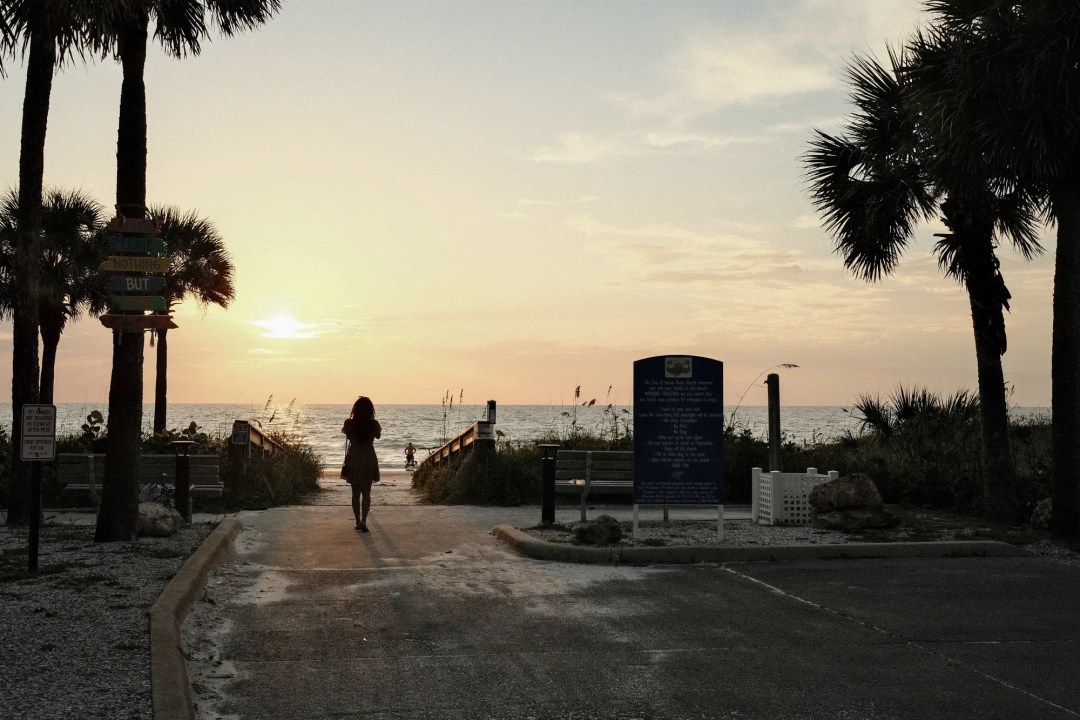
A Perfect Focal Length
The 27mm provides a full-frame equivalent of 40.5mm, which can be considered a “perfect normal” lens (technically 43.3mm). A perfect normal lens provides the most natural perspective in a camera lens, closely mimicking the true field of view (FOV) perceived by the human eye. While this sounds impressive, photographers who have never used a perfect normal focal length before might be asking themselves “What would I use this type of lens for that I couldn’t use a 35mm or 50mm for?”
The answer: anything really. The perfect normality of this lens makes it extremely versatile.
Oftentimes when I attach a 35mm or 50mm equivalent lens to my camera, I feel like I’m limited in the kinds of photos I can make, which is indeed very true, as the difference in these focal lengths is pretty significant. But when I attach the XF 27mm lens to my X-E4, I feel like I can tackle almost any photographic situation. At a halfway point between 35mm and 50mm, it seems to be the perfect compromise for me. The 40.5mm equivalent focal length feels like the best of both worlds; a flexible focal length that can do almost everything.
To me, this lens feels natural and effortless. Because its FOV is so close to that of the human eye, whenever I visualize a shot, I can simply move to where I think I need to be, pull the camera up to my eye, and snap the photo without having to do any additional maneuvering. The end product is almost always exactly what I had envisioned, which is a special quality in itself. The ability to capture a pre-visualized slice of life without much effort makes this lens the favorite in my collection. For this reason, I call the 27mm my “slice of life” lens. With that said, the 27mm excels in everyday genres of photography that focus on documenting people, places, things, and the fleeting moments of life—genres like documentary, street, travel, lifestyle, and even landscape photography.
The 40.5mm equivalent focal length is pretty ideal for these types of photography. It’s wide enough to capture context and tell a story but still close enough to isolate subjects and give them room to act naturally. In addition, as a pancake lens, its small size and light weight make it the perfect companion (especially when paired with the X-E4) for photographers looking to be the fly on the wall and retain the candidness of a given moment. When combined with the f/2.8 aperture, the normal focal length can tackle portraiture genres, rendering pleasing environmental portraits or head shots with smooth subject-background separation and no unpleasant facial distortion. And the light weight and weather sealing of this lens can cater to the most adventurous landscape and travel photographers. With a focal length wide enough for sweeping shots and stellar image quality that ensures edge-to-edge sharpness, the 27mm can handle all the -scape snaps you can think of—land, sea, mountain, city, and star.
On the other hand, this lens wouldn’t fare well in more specialized types of photography. For example, I wouldn’t recommend the 27mm to photographers looking to do macro work, as its minimum focus distance is over a foot. Nor would I suggest it to wildlife or sports photographers seeking to capture blink-of-an-eye moments from far distances. Despite these few limitations, I think photographers simply seeking a walk-about companion to capture life and tell stories would be pleased with this lens and its versatility.


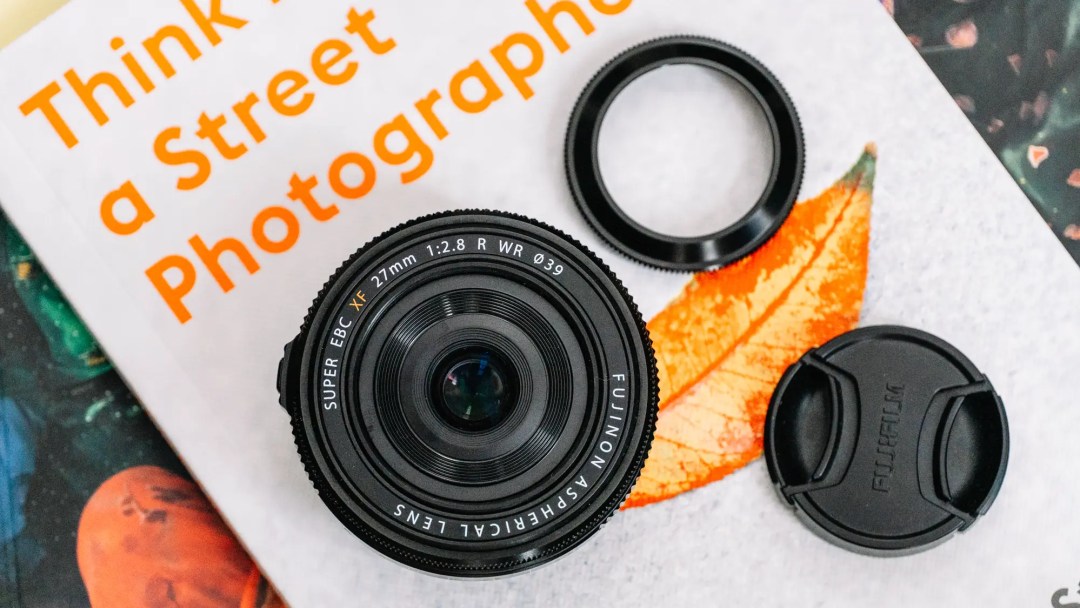
Final Thoughts
The Fujifilm XF 27mm f/2.8 R WR is certainly an underdog in Fujifilm’s lineup of renowned XF lenses. On paper, it’s not a lens that stands out. A boring spec sheet and an unconventional focal length might deter potential users, but this is one of those lenses that you have to experience in order to fully appreciate its true value. In use, you’ll find that this lens offers an enticing combination of benefits for the price—portability, stellar image quality, a reasonably bright aperture, weather sealing, and most importantly, a uniquely effective and versatile focal length.
The unique perspective of the 27mm offers an effortlessness that I have never experienced with any other lens. The ability to simply visualize a shot and capture it naturally exactly as you pictured is what makes this lens so special. The 27mm provides a full-frame equivalent of 40.5mm, which is as close to perfect normal as you’re going to get within the native Fujifilm ecosystem. In modern photography, the perfect normal focal length seems to be underappreciated—referenced in passing, but ultimately overshadowed by more common focal lengths. But the 27mm has the potential to rekindle consumer interest and bring the perfect normal lens out of the shadows. And I can personally confirm that the perfect normalness of this lens is part of what makes it unique compared to more widely used focal lengths like 35mm or 50mm.
For many who gravitate to these more common focal lengths, this lens might feel awkward. But for those who haven’t found that preferred go-to, this lens might just become your default like it has for me. If you identify with the stresses of constantly switching between 35mm and 50mm equivalents, I think the 27mm should be at the top of your list. The perfect normal focal length sits in the goldilocks zone, not too wide but not too close. And in my opinion, this makes it more versatile than the 35mm and/or 50mm. However, even if you prefer one of the more common focal lengths, I can still highly recommend this lens, especially for documentary, street, or travel photographers looking for a challenge and a new perspective. Based on its performance, footprint, and price, I think the 27mm is a lens that every Fuji photographer should have in their collection. Even if you already own a 35mm or 50mm equivalent lens, I can guarantee you’ll find the 27mm to be a very useful companion for everyday storytelling.
Buy your own Fuji XF 27mm from B&H Photo here
Or browse for one on eBay here
CASUAL PHOTOPHILE is on Twitter, Facebook, Instagram, and Youtube
[Some of the links in this article will direct users to our affiliates at B&H Photo, Amazon, and eBay. By purchasing anything using these links, Casual Photophile may receive a small commission at no additional charge to you. This helps Casual Photophile produce the content we produce. Many thanks for your support.]
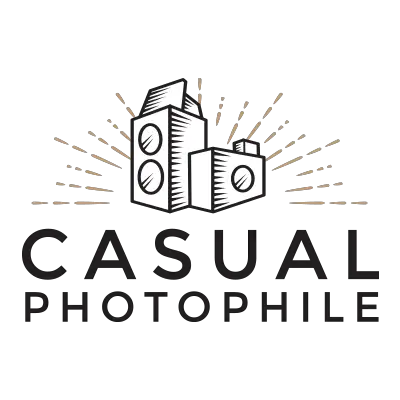
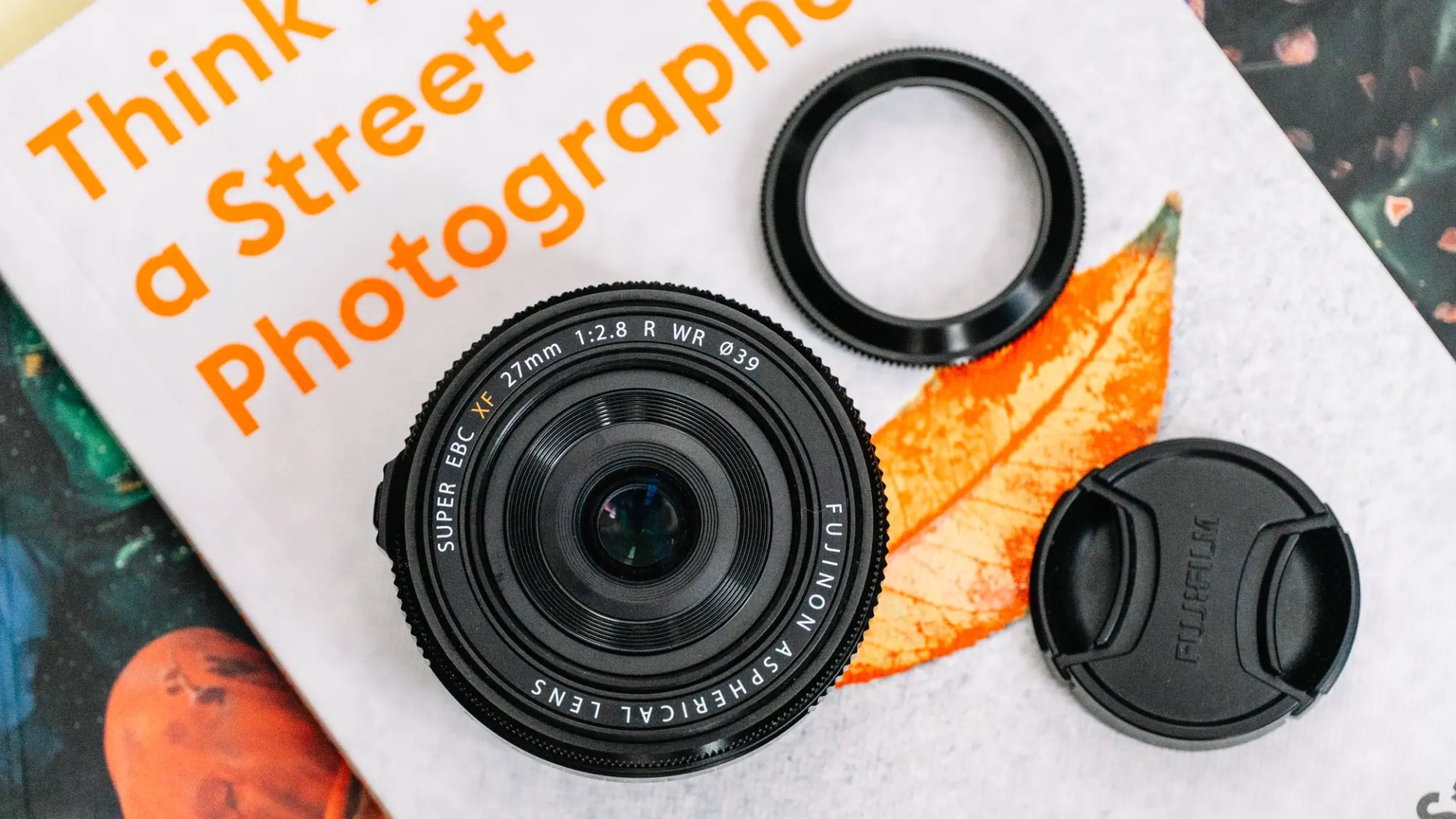
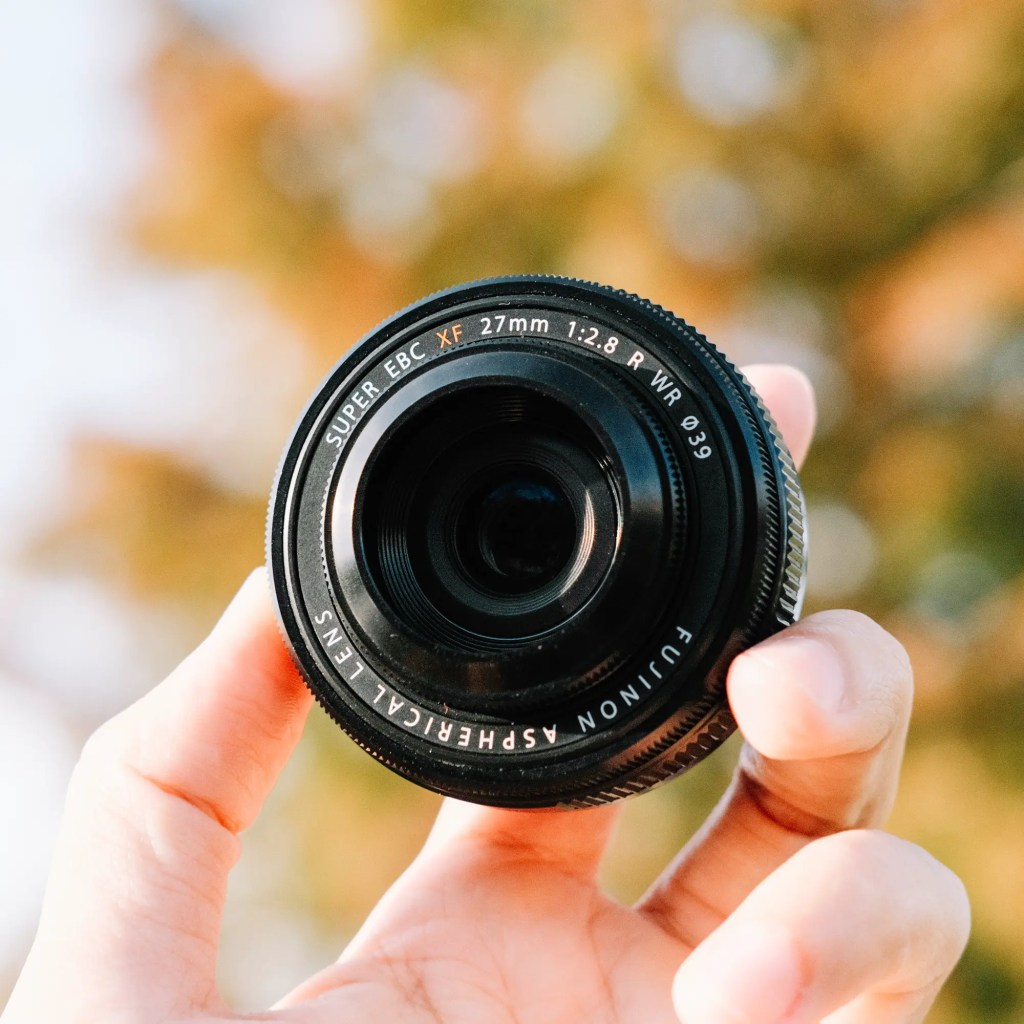
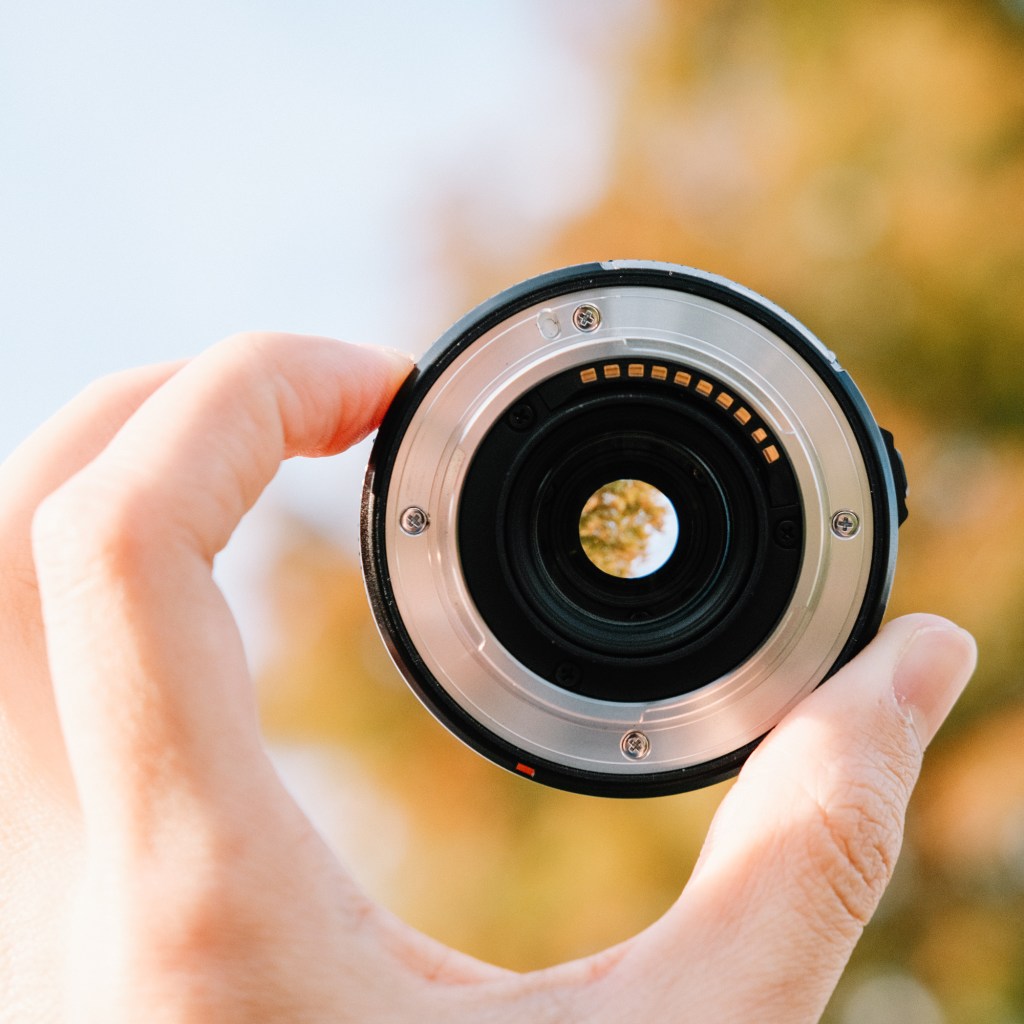
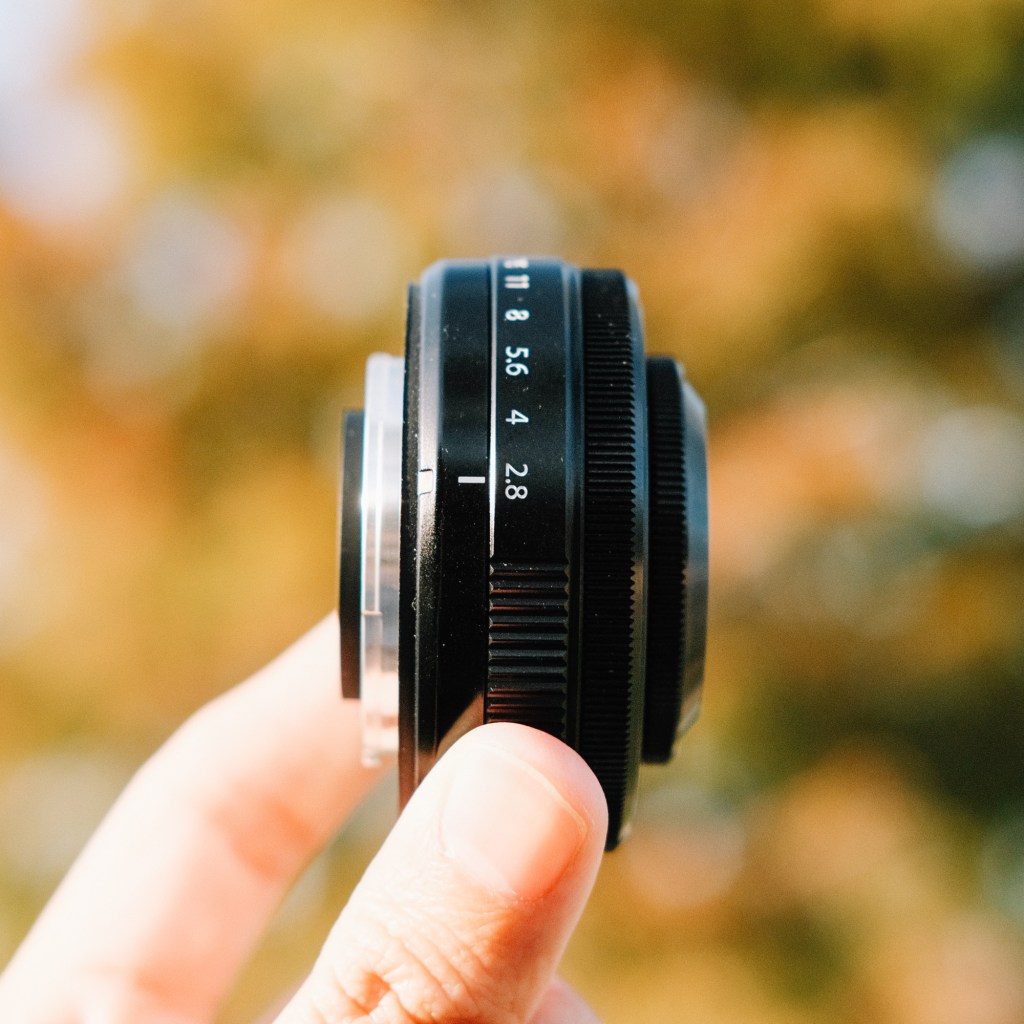
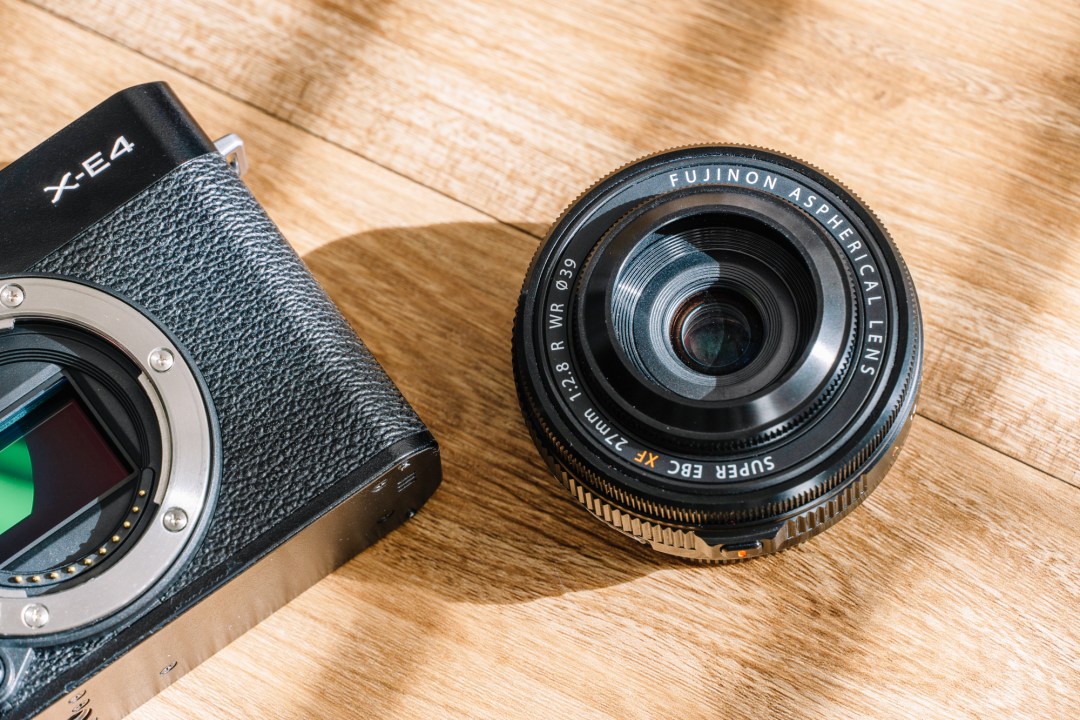
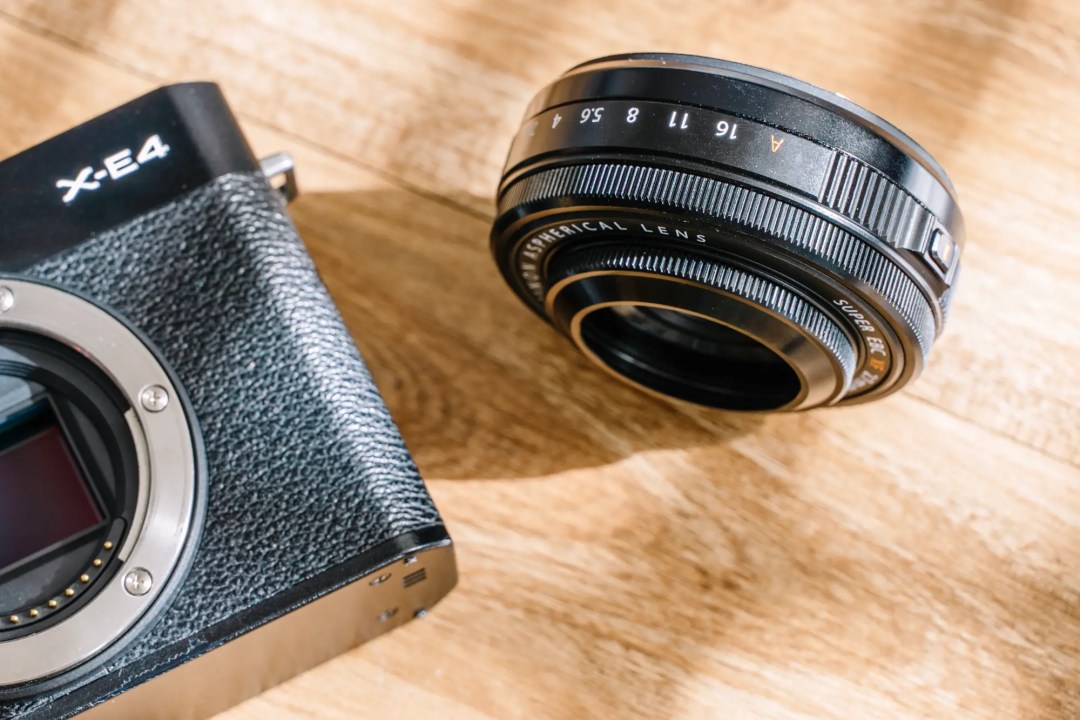
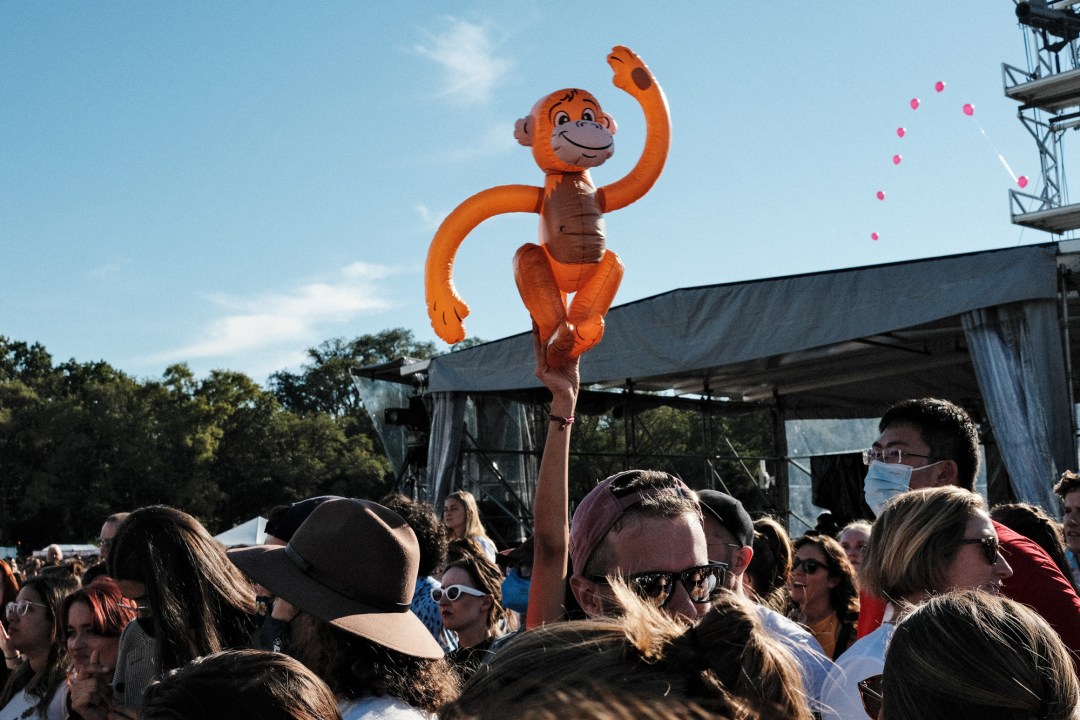
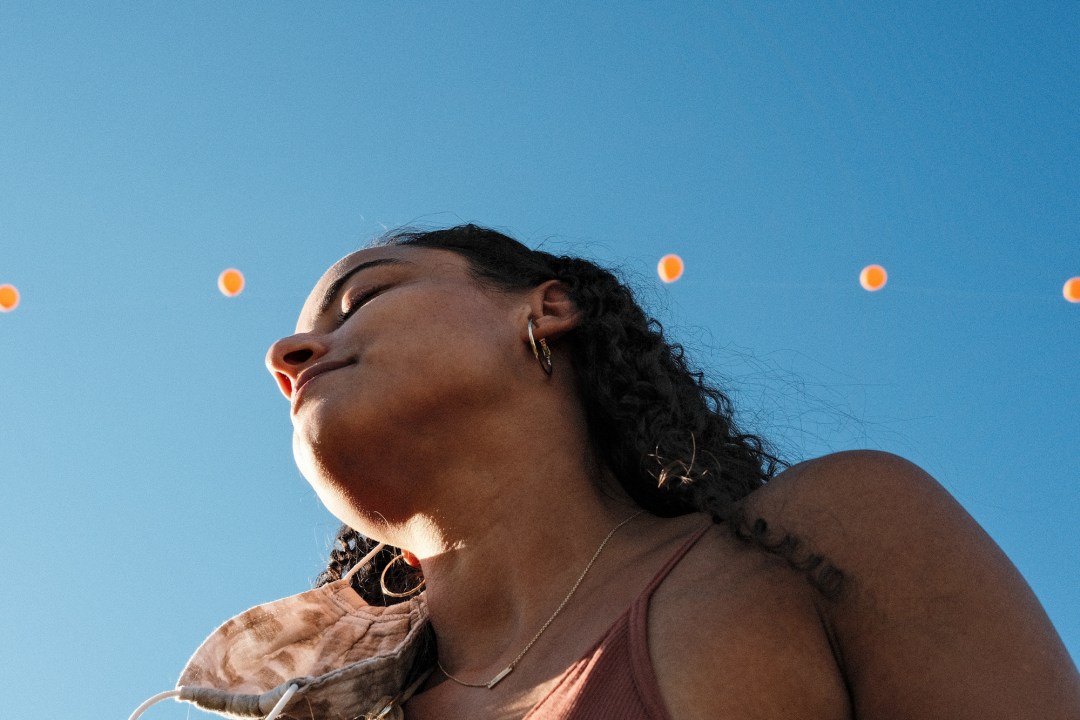
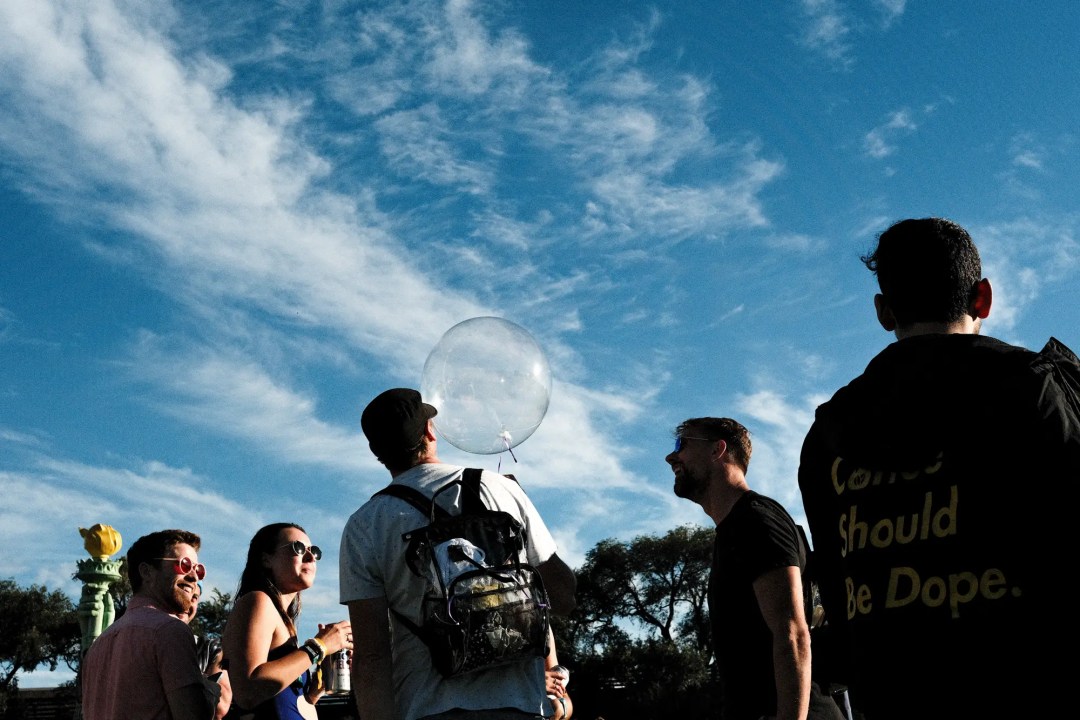

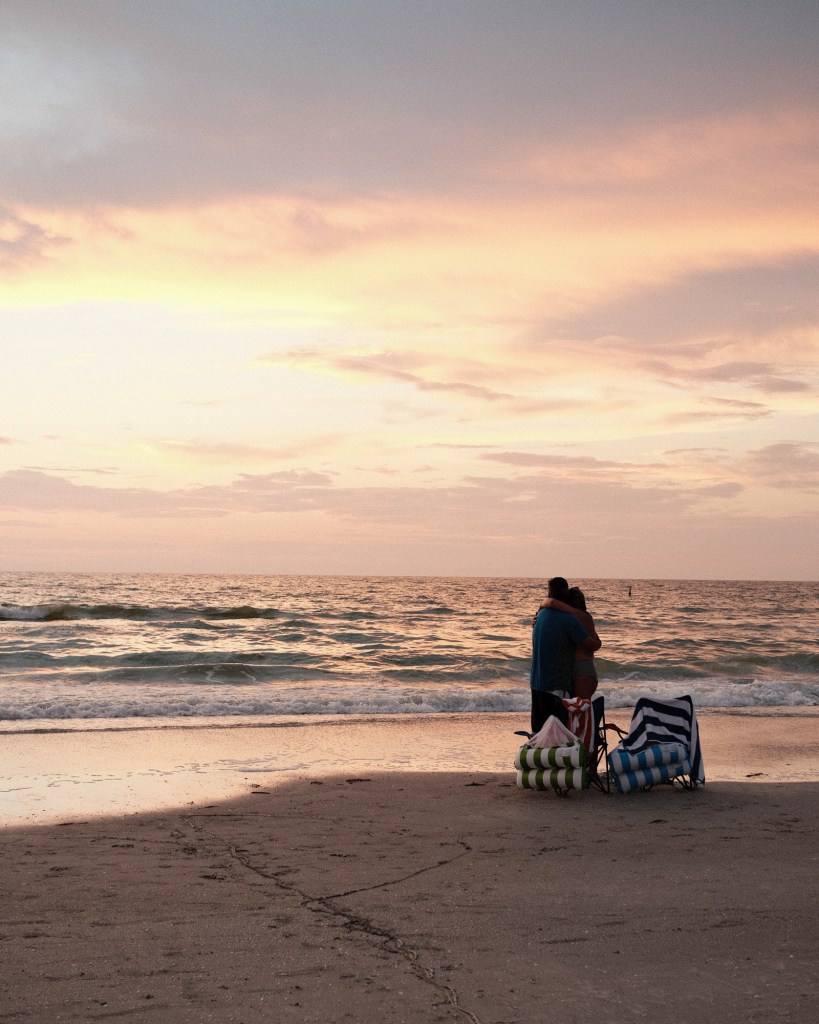











Alas, the 40mm pancake re-invented for digital, again. Fuji has done a nice job in having a 3rd party build a compact lens and f2.8 is nice. Besides being purpose-built for digital,the good thing about this lens is the same as every other pancake lens ever invented. Its a small lens that is good enough in most other aspects. Its a compromise, that is all.
Almost any interchangeable lens made since 1938 would do at least as well optically when stuck on the Fuji. To tout the ’40mm’ focal length as something magical or specifically useful as far as focal length goes, is invalid. There is nothing the ’40mm’ can do that the ’50mm’ cannot do better by simply taking one step back. Its just a shorter standard all-around lens when you want a smaller lens physical sized lens than a standard. It does feel nice to use such a small lens on a camera, but there is only the tiniest of usefulness in 20% less focal length except for physical dimensions. That tiny advantage would only be of any use in landscape photography and that is not even mentioned in the article. A nicely double-gilded article promoting a mediocre and poor-selling lens. Same compromise focal length as used on point and shoot cameras since day one.